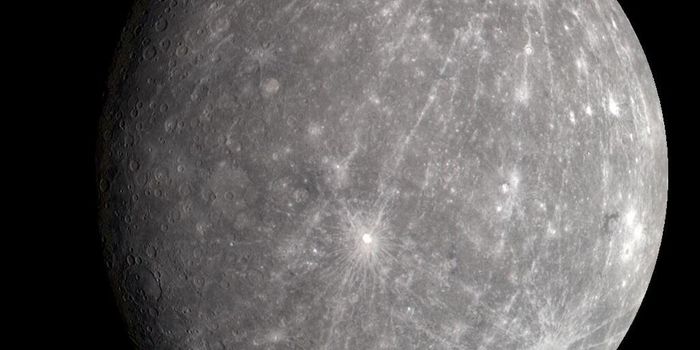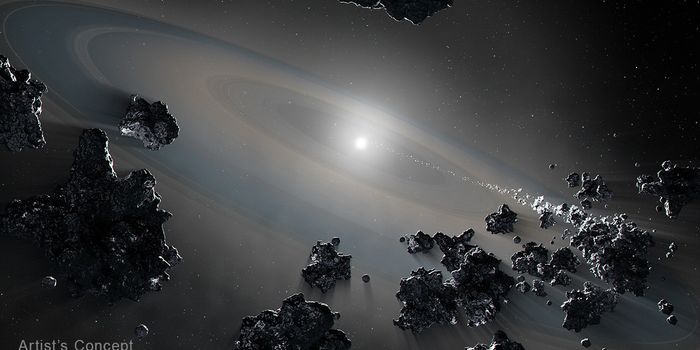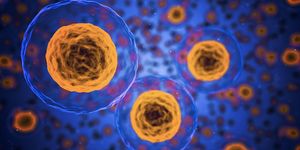New measurements from Northern Sweden show less methane emissions than feared
Climate change is very real and is happening literally before our very eyes. With recent studies indicating a growing fear with thawing permafrost causing limestone to release ancient methane deposits, scientists are scrambling to better understand this phenomenon since methane is a potent greenhouse gas with considerably more warming power than carbon dioxide. This is because methane is more than 25 times as potent as carbon dioxide at trapping heat in the atmosphere. To make matters worse, over the last two centuries, methane concentrations in the atmosphere have more than doubled, largely due to human-related activities. Also, methane is the second most abundant anthropogenic (human-caused) greenhouse gas (GHG) after carbon dioxide, accounting for about 20 percent of global emissions. However, the amount of methane leaking into the atmosphere might be not as bad as initially thought.
A very recent study in the journal Global Change Biology shows that in some areas, this release of methane could be a tenth of the amount predicted from a thaw. This comprehensive new study was carried out with collaboration from the University of Gothenburg, Ecole Polytechnique in France and the Center for Permafrost (CENPERM) at the University of Copenhagen. The research team measured the release of methane from two localities in Northern Sweden, where permafrost disappeared from one of the locations in the 1980's, and 10-15 years later in the other.
The difference between the two areas shows what can happen as a landscape gradually adapts to the absence of permafrost. The results show that the first area to lose its permafrost now has methane emissions ten times less than in the other locality. This is due to gradual changes in drainage and the spread of new plant species.
"Our research shows that methane emissions from areas where permafrost thaws are not the same everywhere,” says lead author Mats Björkman from University of Göteborg. “The new observations represent an important component of a more comprehensive picture of the climate impact in the Arctic. Our results also underscore the importance of including hydrological, vegetation, and microbial changes when studying the long-term effects of permafrost thawing and disappearing."
Grasses typical of very wet areas with sporadic permafrost have developed a straw-like system that transports oxygen from their stems down into to their roots. These straws also act as a conduit through which methane in the soil quickly find its way to the surface and thereafter into the atmosphere.
As the water disappears, so do these grasses. Gradually, they are replaced by new plant species, which, due to the dry soil conditions, do not need transport oxygen from the surface via their roots. The combination of more oxygen in the soil and reduced methane transport means that less methane is produced and that the methane that is produced can be better converted to CO2 within the soil.
In the future, Björkman wants to determine which areas will either get wetter or drier and see how they are affected when the permafrost thaws.
As always, keep doing science & keep looking up!
Sources: Smithsonian Magazine, US Environmental Protection Agency, Global Change Biology








